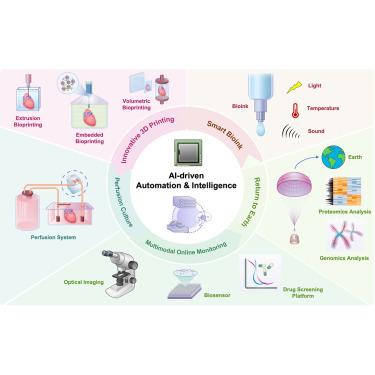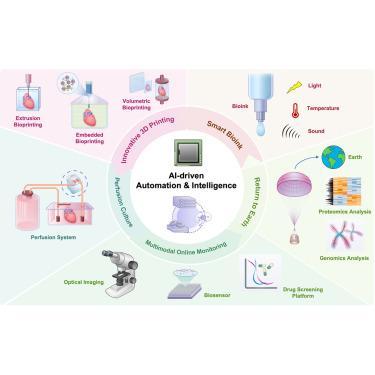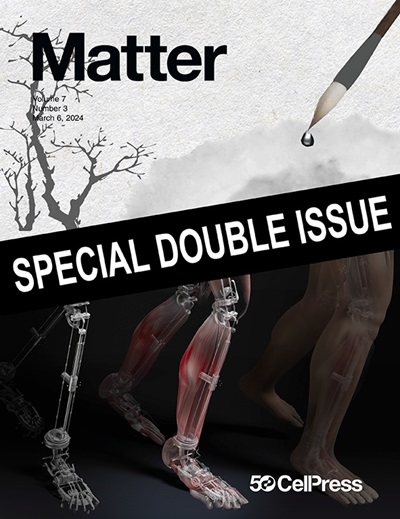Biofabrication beyond Earth: Intelligent bioprinting for space medicine
IF 17.5
1区 材料科学
Q1 MATERIALS SCIENCE, MULTIDISCIPLINARY
引用次数: 0
Abstract
As commercial spaceflight becomes increasingly accessible, the demand for deep-space exploration and space-based medical solutions is rapidly growing. Space-based three-dimensional (3D) bioprinting provides a transformative platform to fabricate biomimetic tissues in microgravity, enabling precise assessment of spaceflight-induced physiological changes and in situ regenerative interventions during extended missions. Despite progress in modalities such as magnetic levitation and extrusion-based and projection-based printing, space bioprinting remains in its infancy. This perspective examines the unique challenges of the space environment, highlights recent technological advances, and identifies emerging opportunities. We emphasize future directions, including next-generation smart bioinks, integration with microfluidics and macrofluidics, multimodal in situ monitoring, and convergence with artificial intelligence (AI). AI-driven automation, real-time sensing, and adaptive control can enable intelligent, self-sufficient biofabrication platforms for extraterrestrial deployment. Collectively, these efforts will accelerate the transition of space bioprinting from concept to practical application, advancing deep-space medicine, regenerative therapies, and space-based pharmaceutical innovation.


地球以外的生物制造:用于太空医学的智能生物打印
随着商业航天越来越容易获得,对深空探索和天基医疗解决方案的需求正在迅速增长。天基三维(3D)生物打印技术为微重力环境下的仿生组织制造提供了一个革命性的平台,能够精确评估太空飞行引起的生理变化,并在延长任务期间进行原位再生干预。尽管在诸如磁悬浮和基于挤压和基于投影的打印等方式方面取得了进展,但空间生物打印仍处于起步阶段。这一视角审视了空间环境的独特挑战,强调了最近的技术进步,并确定了新出现的机会。我们强调了未来的发展方向,包括下一代智能生物墨水,与微流体和大流体的集成,多模态原位监测以及与人工智能(AI)的融合。人工智能驱动的自动化、实时传感和自适应控制可以为外星部署实现智能、自给自足的生物制造平台。总的来说,这些努力将加速空间生物打印从概念到实际应用的转变,推进深空医学、再生疗法和天基制药创新。
本文章由计算机程序翻译,如有差异,请以英文原文为准。
求助全文
约1分钟内获得全文
求助全文
来源期刊

Matter
MATERIALS SCIENCE, MULTIDISCIPLINARY-
CiteScore
26.30
自引率
2.60%
发文量
367
期刊介绍:
Matter, a monthly journal affiliated with Cell, spans the broad field of materials science from nano to macro levels,covering fundamentals to applications. Embracing groundbreaking technologies,it includes full-length research articles,reviews, perspectives,previews, opinions, personnel stories, and general editorial content.
Matter aims to be the primary resource for researchers in academia and industry, inspiring the next generation of materials scientists.
 求助内容:
求助内容: 应助结果提醒方式:
应助结果提醒方式:


